80 years ago, the Conference between the leaders of the three world powers, the United States, the Soviet Union and the United Kingdom, held from November 28 to December 1, 1943 in Tehran, issued a Joint Declaration agreeing to act to end World War II and maintain lasting peace in the post-war period.
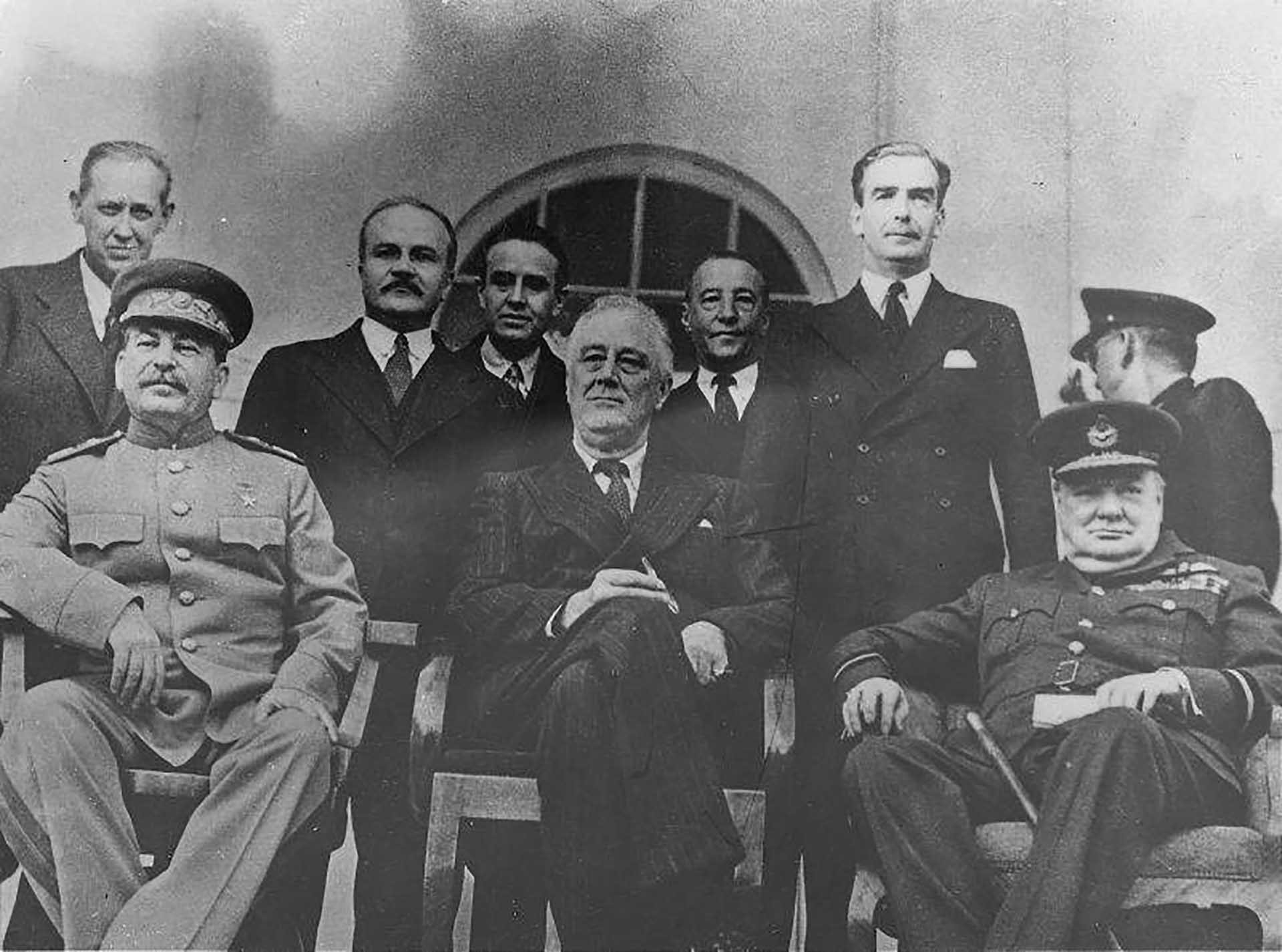 |
| Marshal of the Soviet Union, Chairman of the State Defense Committee of the USSR Joseph Stalin, US President Franklin Roosevelt and British Prime Minister Winston Churchill at the Tehran Conference in 1943. (Source: Topwar.ru) |
Marshal and Chairman of the State Defense Committee of the Soviet Union Joseph Stalin, US President Franklin Roosevelt and British Prime Minister Winston Churchill put aside their differences to reach important decisions, speeding up the collapse of fascism and reducing casualties among the military and civilians.
This event and the lesson about responsible steps taken by leaders of the world's leading powers remain valuable today when the conflicts between Russia - Ukraine and Hamas - Israel are taking place extremely fiercely.
Decide on the location
There was no place in Western Europe that was either too dangerous or too unsuitable for a meeting of the three world powers. The Americans and the British did not want to hold the conference on Soviet territory. In August 1943, Moscow was informed that neither Arkhangelsk nor Astrakhan was suitable for such a conference.
President Roosevelt and Prime Minister Churchill proposed a meeting in Fairbanks, Alaska. Marshal Stalin refused to travel so far from Moscow at such a fierce time of war. The Soviet leader proposed holding the meeting in a country where all three countries were represented, such as Iran. In addition to Tehran, Cairo (suggested by Churchill), Istanbul, and Baghdad were also mentioned. In the end, the countries agreed on Tehran, because the city was then controlled by Soviet and British troops, and there was also an American garrison there.
The Iran Campaign (Operation Concord) was carried out by the Anglo-Soviet forces in late August 1941. The Allies were stationed in Iran for a number of economic and military strategic reasons. Some Soviet units were stationed in northern Iran. The British controlled the southwestern provinces of Iran. The US Army entered Iran in late 1942, under the pretext of protecting goods destined for the Soviet Union. An important transport route at that time ran along Iranian territory, through which US strategic goods were transported to the Soviet Union. In general, the situation in Iran was complicated but controllable.
Security at the Conference
Stalin arrived at the conference by train via Stalingrad and Baku. Churchill traveled from London to Cairo, where he waited for President Roosevelt to coordinate the American and British positions on key issues in the negotiations with the Soviet leader. The US president crossed the Atlantic on the battleship Iowa. After nine days at sea, the American fleet arrived at the Algerian port of Oran. Roosevelt then traveled to Cairo. On November 28, delegations from the three powers arrived in Tehran.
Due to the threat from German agents, increased security measures were taken. The Soviet delegation stayed at the Soviet Embassy. The British stayed on the territory of the British Embassy. The British and Soviet diplomatic missions were located opposite each other on the same street in Tehran, no more than 50 meters wide. The US Embassy was located on the outskirts of the capital, security was not guaranteed, so the US President accepted the invitation of the Soviet leader to stay in the Soviet Embassy building.
The meeting took place at the Soviet Embassy. The British Prime Minister walked along a specially constructed covered corridor connecting the two embassies. Around the Soviet-British diplomatic compound, the Soviet and British intelligence services had set up three security rings, supported by armored vehicles. All newspapers in Tehran were shut down, and telephone, telegraph and radio communications were turned off.
Nazi Germany, relying on its dense secret police system, attempted to organize the assassination of the leaders of the enemy forces (Operation Long Jump). Soviet intelligence, together with British colleagues from MI6, directed and deciphered all messages from German telegrams about the landing of a strike group. German telegraph agents were arrested, and later the entire German intelligence network (more than 400 people) was arrested. The assassination of the leaders of the USSR, the USA and the UK was prevented.
Issues for discussion
The Allies opening the “Second Front” was the most difficult problem. After the strategic turning point in World War II at Stalingrad and Kursk, the situation on the Eastern Front (on the Soviet side) developed in favor of the country. The German army suffered irreparable losses and was no longer able to recover. The German political and military leadership lost the initiative and Nazi Germany went on the strategic defensive. Soviet troops liberated Donbass and other regions of Ukraine, crossed the Dniep River and recaptured Kiev. The Soviets drove the Germans out of the North Caucasus and landed in Crimea.
But victory was still far away, Germany remained a formidable opponent with its powerful armed forces and industry. The longer the war lasted, the greater the human and material losses for the Soviet Union and the European countries. The defeat of the fascist empire and its allies could only be hastened by the joint efforts of the three powers.
The Allies promised to open a second front in 1942, but a year later there was still no movement. The front was not opened for many reasons, including geopolitical considerations. Militarily, the Allies were ready for action by the summer of 1943. An army of 500,000 soldiers was deployed in Britain, always in a state of combat readiness, supplied with everything needed, including land, sea and air forces. The generals were eager to go to war.
The British and Americans developed a strategic plan to attack from the south, through Italy and the Balkans. With the help of Türkiye, the allies would launch an attack on the Balkan peninsula. Regarding the Soviet proposal to open a front from France, the British and Americans convinced the Soviet delegation that landing in northern France would be complicated by the lack of transport and logistical difficulties. Bringing Turkey into the war and advancing through the Balkans was a more advantageous scenario. This would allow the allies to connect on Romanian territory and attack Germany from the south.
After much debate, the issue of opening a Second Front reached a dead end. At that time, leader Stalin expressed his willingness to leave the conference, saying that there was too much work to do at home and he did not want to waste time here.
Prime Minister Churchill realized that he could not ask for more and compromised. The two leaders of Britain and the United States promised the Soviet leadership to open a second front in France no later than May 1944. The final date of the campaign was set for the first half of 1944 (the Second Front - Operation Overlord - finally began on June 6, 1944). In this campaign, the Soviet Union pledged to launch a strong offensive in the East to prevent the movement of German troops from East to West.
The issue of the Soviet Union's entry into war with Japan was agreed upon at the conference. The Soviet delegation, taking into account the Japanese Empire's repeated violations of the 1941 Soviet-Japanese pact on neutrality and support for Germany and also meeting the wishes of the Allies, declared that the Soviet Union would enter the war with Japan after defeating Nazi Germany.
The future of Poland was also discussed at the Conference. It was preliminarily agreed that the eastern border of Poland would run along the so-called “Curzon Line”. This line essentially corresponded to the ethnographic principle: in the west were territories with a predominance of Polish population, in the east were lands with a predominance of Western Russian and Lithuanian population. Regarding Iran, the Three Powers adopted the Iran Declaration. The document stressed the desire of Moscow, Washington and London to protect the sovereignty and territorial integrity of Iran. The countries planned to withdraw their forces stationed there after the war ended.
The future of Germany was a hot topic at the Conference. In their discussion of the post-war structure of Western Europe, the American and British leaders proposed dividing post-war Germany into several autonomous state entities and establishing international control over Germany's most important industrial regions such as the Ruhr and Saarland. The Soviet leader disagreed with this idea and suggested referring the German issue to the European Advisory Commission. Later, the Soviet leader maintained his stance on maintaining German unity. However, Germany was still divided into East and West Germany at the later Tripartite Conferences.
On the issue of building an international organization to ensure lasting peace after World War II, US President Roosevelt proposed the creation of an organization called the United Nations (this issue had been discussed with Moscow). The core of this international organization would be a Committee consisting of the Soviet Union, the United States, Great Britain and China, whose task would be to prevent the start of a new war and aggression from Germany and Japan. Stalin and Churchill generally supported this idea.
It can be said that the special significance of the Tehran Conference has been forever recorded in diplomatic history.
Source


![[Photo] Solemn opening of the 12th Military Party Congress for the 2025-2030 term](https://vphoto.vietnam.vn/thumb/1200x675/vietnam/resource/IMAGE/2025/9/30/2cd383b3130d41a1a4b5ace0d5eb989d)
![[Photo] President Luong Cuong receives President of the Cuban National Assembly Esteban Lazo Hernandez](https://vphoto.vietnam.vn/thumb/1200x675/vietnam/resource/IMAGE/2025/9/30/4d38932911c24f6ea1936252bd5427fa)
![[Photo] The 1st Congress of Phu Tho Provincial Party Committee, term 2025-2030](https://vphoto.vietnam.vn/thumb/1200x675/vietnam/resource/IMAGE/2025/9/30/1507da06216649bba8a1ce6251816820)

![[Photo] Panorama of the cable-stayed bridge, the final bottleneck of the Ben Luc-Long Thanh expressway](https://vphoto.vietnam.vn/thumb/1200x675/vietnam/resource/IMAGE/2025/9/30/391fdf21025541d6b2f092e49a17243f)
![[Photo] General Secretary To Lam, Secretary of the Central Military Commission attends the 12th Party Congress of the Army](https://vphoto.vietnam.vn/thumb/1200x675/vietnam/resource/IMAGE/2025/9/30/9b63aaa37ddb472ead84e3870a8ae825)
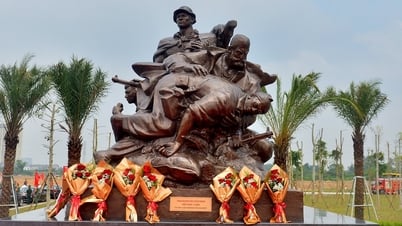

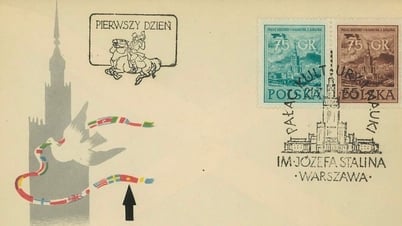

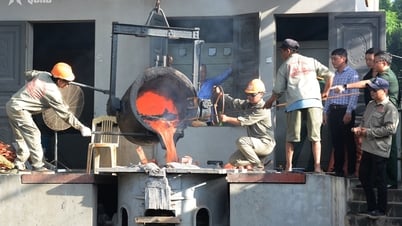

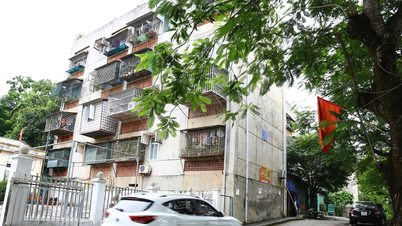







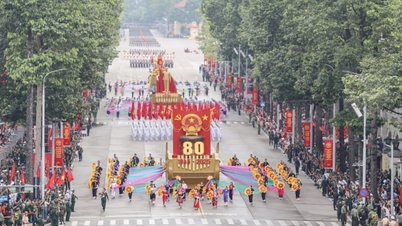
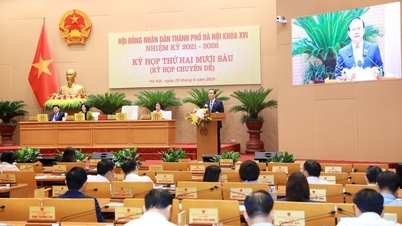

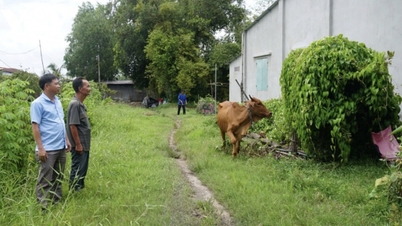










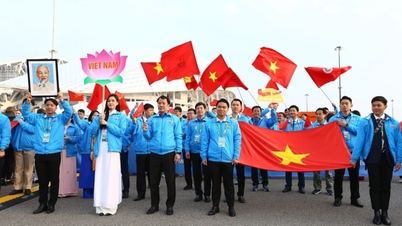

































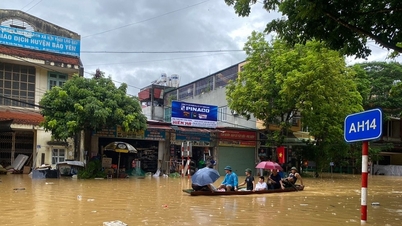











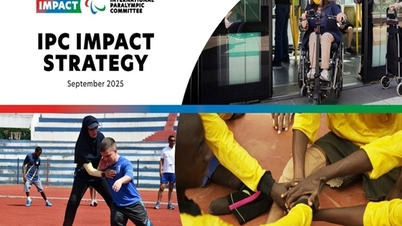



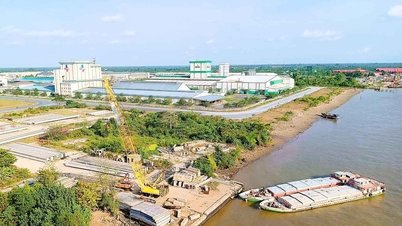


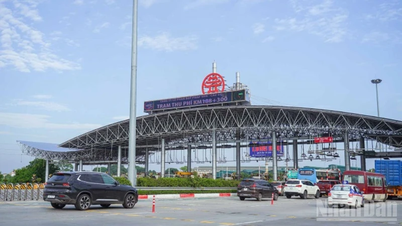
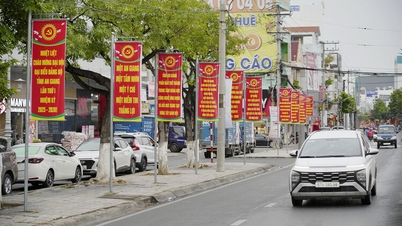















Comment (0)